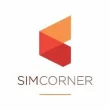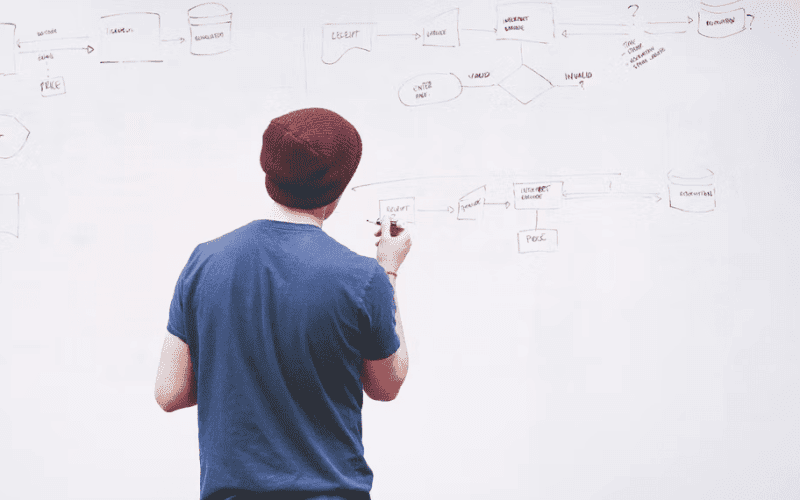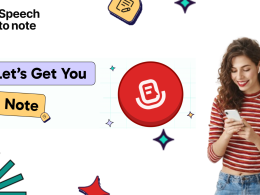Agile vs. Scrum vs. Waterfall: The Software Development Dilemma
Software development is a complex journey, and choosing the right framework can be a pivotal decision. The path you take can significantly impact your project’s success. In this article, we embark on a journey to explore and compare three prominent project management frameworks: Agile, Scrum, and Waterfall. Each of these methodologies has its own unique strengths and weaknesses, making them suitable for different types of projects.
Understanding Agile
Agile software development is all about flexibility and adaptability. It’s like a chameleon that can change its colors to suit the environment. Agile takes an iterative, incremental approach, allowing changes to be seamlessly incorporated throughout the project.
Embracing Change: One of Agile’s standout features is its ability to embrace changing requirements. Unlike other methodologies that demand rigid planning upfront, Agile welcomes modifications at any stage of the project. It thrives in an environment where uncertainty is the norm.
Unknown End Goals: Agile shines when the project’s end goals are shrouded in uncertainty. It’s a framework that understands that some journeys don’t have a predefined destination. As you progress, the path becomes clearer, and Agile lets you adapt to evolving requirements.
Speed and Quality:By breaking the project into manageable iterations, Agile teams can focus on delivering high-quality work. Collaboration and teamwork are at the forefront, ensuring that the end product meets the ever-evolving needs of users.
Constant Customer Engagement: Agile projects are like a continuous dialogue with customers. Feedback is actively sought throughout the project’s lifecycle, enabling constant improvements and refining the end result.
The Strengths and Weaknesses of Agile
Pros of Agile:
- Embraces Changing Requirements
- Adaptable to Unknown End Goals
- Faster, High-Quality Delivery
- Encourages Strong Team Interaction
- Values Customer Feedback
Cons of Agile:
- Uncertainty in Planning
- Challenges in Assembling the Right Team
- Incomprehensive Documentation
- Potential for a Different Final Product
Unveiling Scrum
Scrum is like Agile’s disciplined sibling, following a structured path within the Agile family. It’s one of the most popular frameworks for implementing Agile principles, emphasizing transparency, teamwork, and continuous improvement.
Transparency and Accountability: Scrum thrives on transparency. Daily stand-up meetings ensure that every team member knows what their colleagues are working on, minimizing misunderstandings and confusion. It promotes accountability by removing the need for a traditional project manager.
Change-Friendly: Just like Agile, Scrum is change-friendly. Short sprints and constant feedback make it agile within Agile. It’s adept at accommodating alterations to meet evolving project needs.
Cost Savings through Communication: Scrum’s emphasis on communication means that issues and changes are identified and addressed promptly. This proactive approach leads to cost savings and improved quality.
The Strengths and Weaknesses of Scrum
Pros of Scrum:
- Enhanced Transparency and Project Visibility
- Increased Team Accountability
- Ease in Accommodating Changes
- Cost Savings through Communication
Cons of Scrum:
- Risk of Scope Creep
- Team Requires Experience and Commitment
- Poorly Defined Tasks Can Lead to Inaccuracies
The Waterfall Model
In the world of software development, Waterfall is the linear, step-by-step approach. Unlike the flexibility of Agile and Scrum, Waterfall follows a strict sequence, with no turning back once a phase is complete.
Sequential Simplicity: Waterfall’s simplicity is its strength. It follows a sequential pattern, making it easy to understand and manage. Progress is clearly communicated to stakeholders.
Discipline and Documentation: Waterfall enforces discipline through well-defined phases. It requires comprehensive documentation, resulting in a deep understanding of the project’s logic.
Challenges of Waterfall: However, Waterfall comes with its own set of challenges. Changes are hard to accommodate once a phase is completed, leading to potential scope issues. It also delays software delivery until late in the project and can struggle with gathering accurate requirements upfront.
The Strengths and Weaknesses of the Waterfall Model
Pros of Waterfall:
- Easy to Use and Manage
- Discipline Is Enforced
- Well-Documented Approach
Cons of Waterfall:
- Changes Are Hard to Accommodate
- Software Delivery Delayed
- Challenges in Gathering Accurate Requirements
| Aspect | Agile | Scrum | Waterfall Model |
|---|---|---|---|
| Development Approach | Iterative and incremental | Iterative (Sprints) | Sequential (Phases) |
| Flexibility | Highly flexible, adapts to change | Flexible, accommodating change | Rigid, challenging to change |
| End Goal | Evolves as project progresses | Evolves within short sprints | Predetermined and fixed |
| Documentation | Emphasizes working software over documentation | Moderate documentation | Extensive documentation required |
| Transparency | Constant feedback and user engagement | Daily stand-up meetings | Clearly defined phases and progress reporting |
| Team Structure | Cross-functional teams | Self-organizing Scrum Team | Structured roles and hierarchy |
| Accountability | Team-driven without traditional project manager | Increased team accountability | Phased accountability |
| Scope Changes | Easy to accommodate changes | Flexible, but risk of scope creep | Difficult to accommodate changes |
| Software Delivery | Frequent, working product at each iteration | Regularly shipped software | Software delivered late in the project |
| Requirements Gathering | Evolves with project progress | Detailed requirements refinement | Detailed upfront requirements |
This table provides a quick overview of the key differences between Agile, Scrum, and the Waterfall Model, helping you make an informed choice for your software development project.
Choosing the Right Framework
There’s no one-size-fits-all answer when it comes to choosing a project management framework. Your choice should align with your project’s nature, team size, and delivery deadline.
- Waterfall: Best for projects with fixed scope, deadlines, and budgets.
- Agile: Ideal when the end goal is uncertain, and you value customer feedback.
- Scrum: Strikes a balance between structure and agility within the Agile framework.
In the end, the choice of methodology should harmonize with your project’s unique characteristics and ultimate objectives. Whether you follow the structured path of Waterfall, embrace the adaptability of Agile, or find the discipline of Scrum appealing, the key is to select the framework that propels your project towards success.












